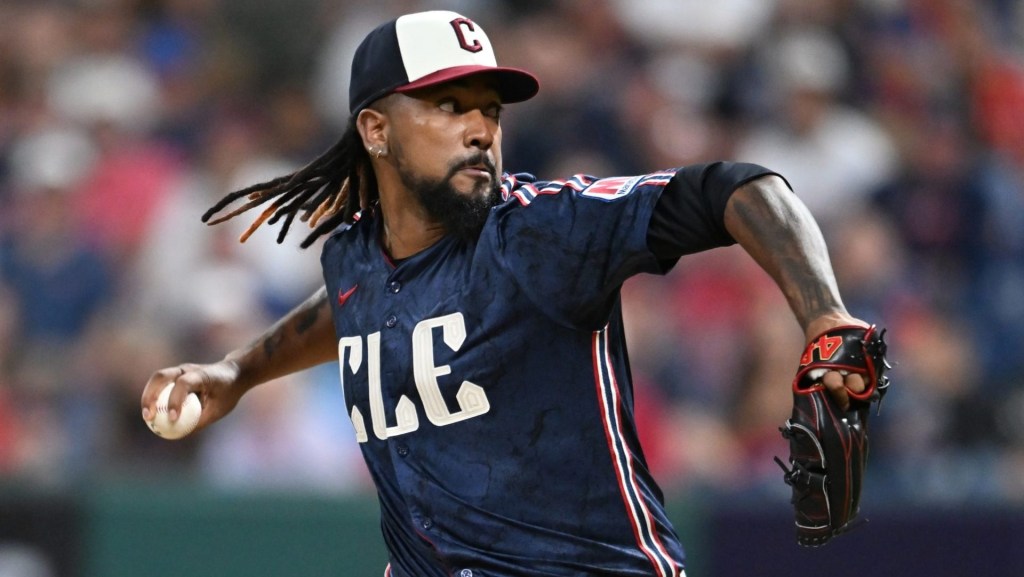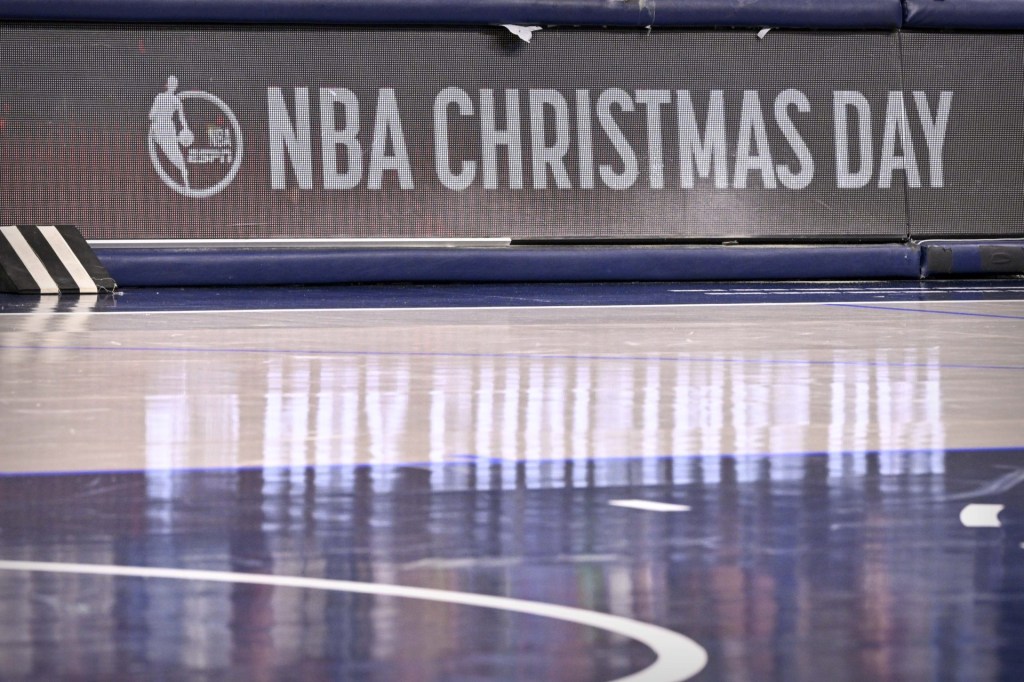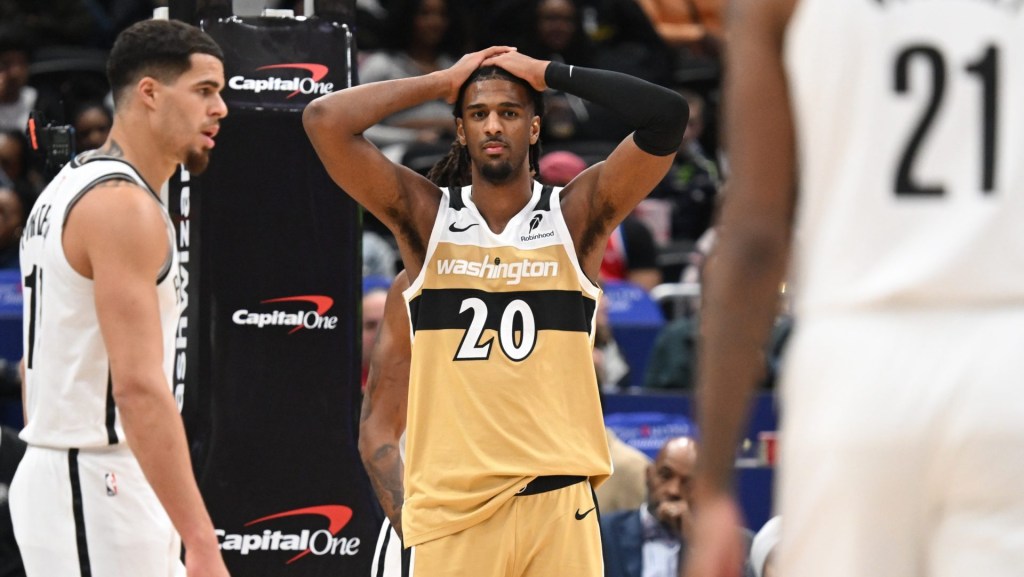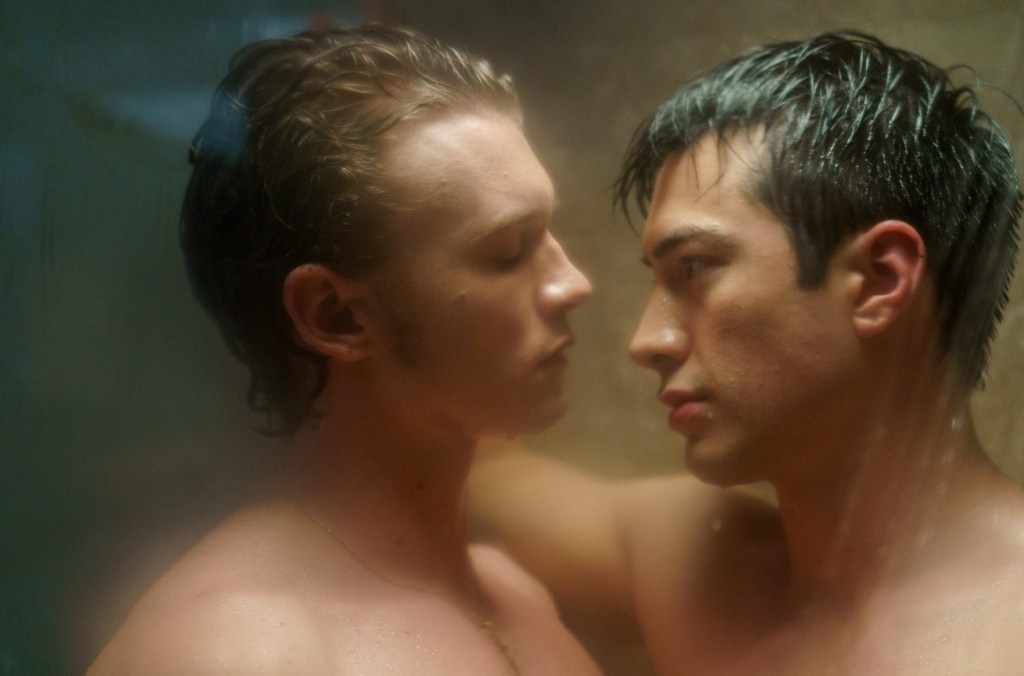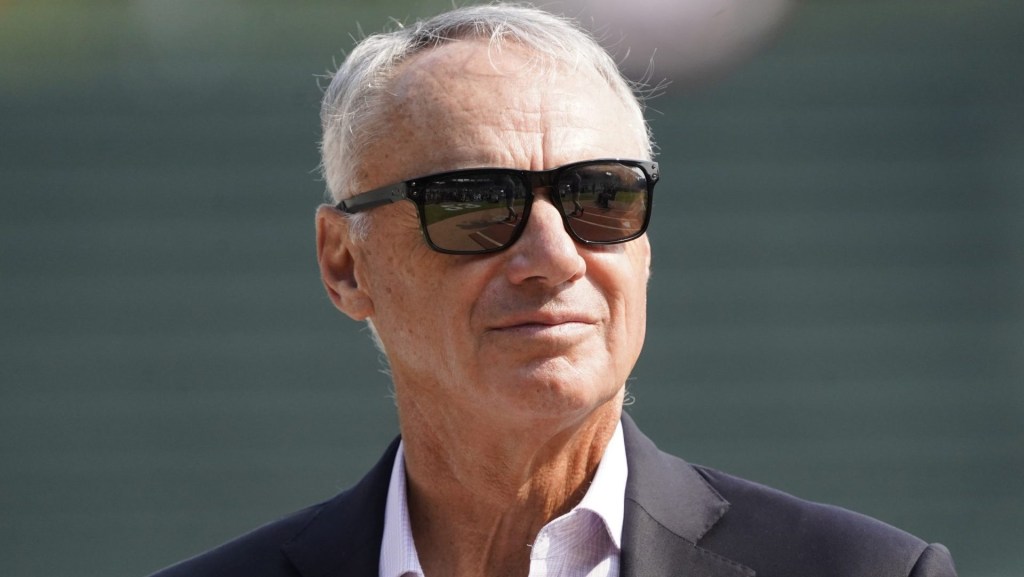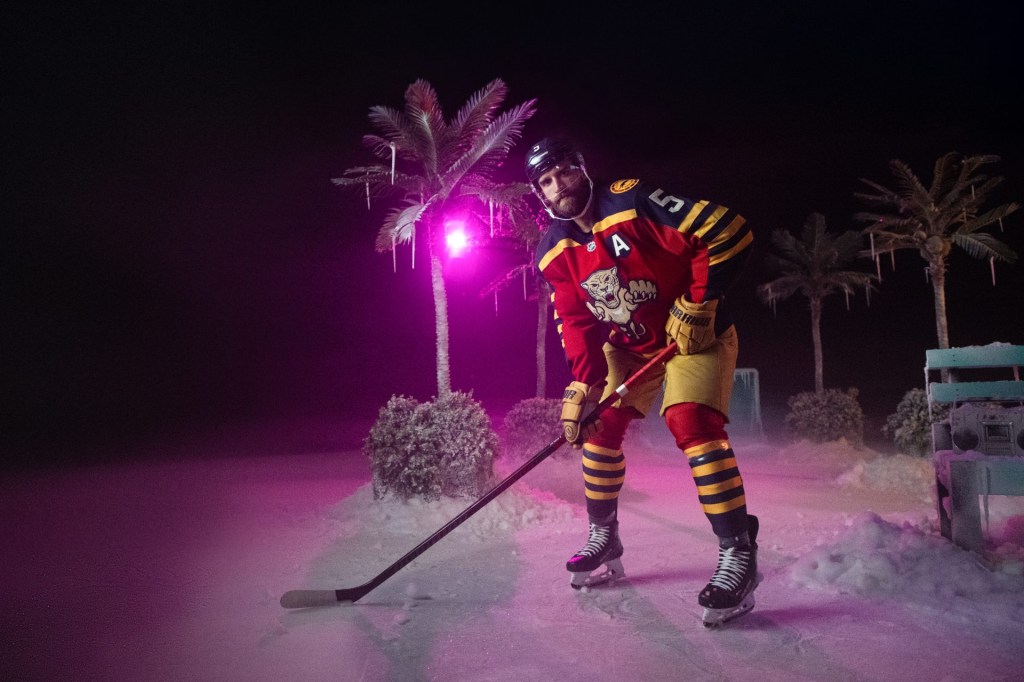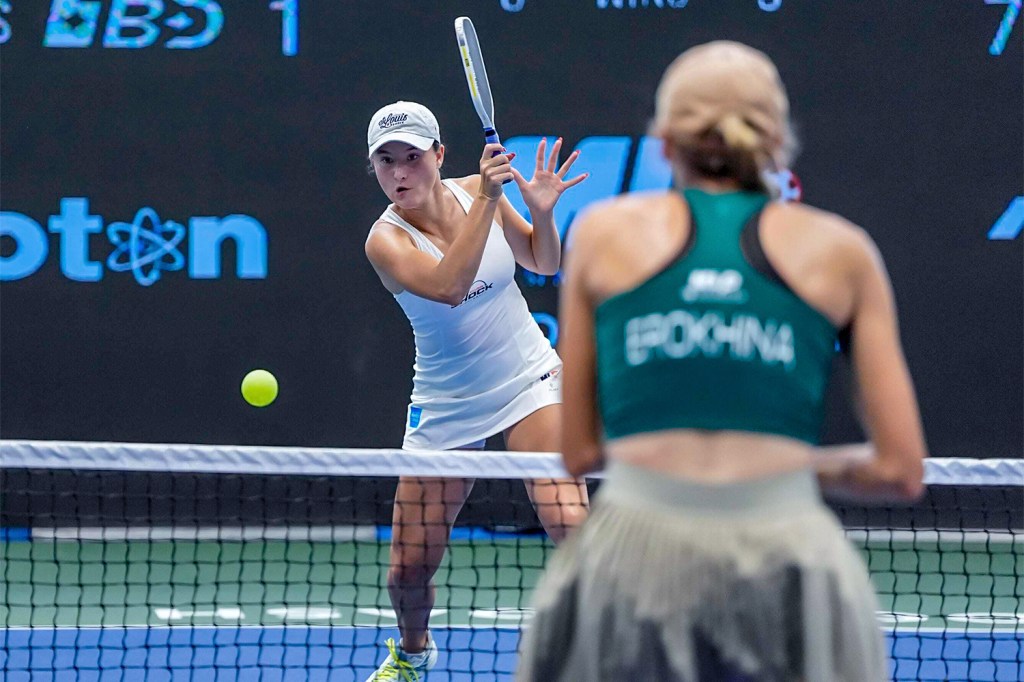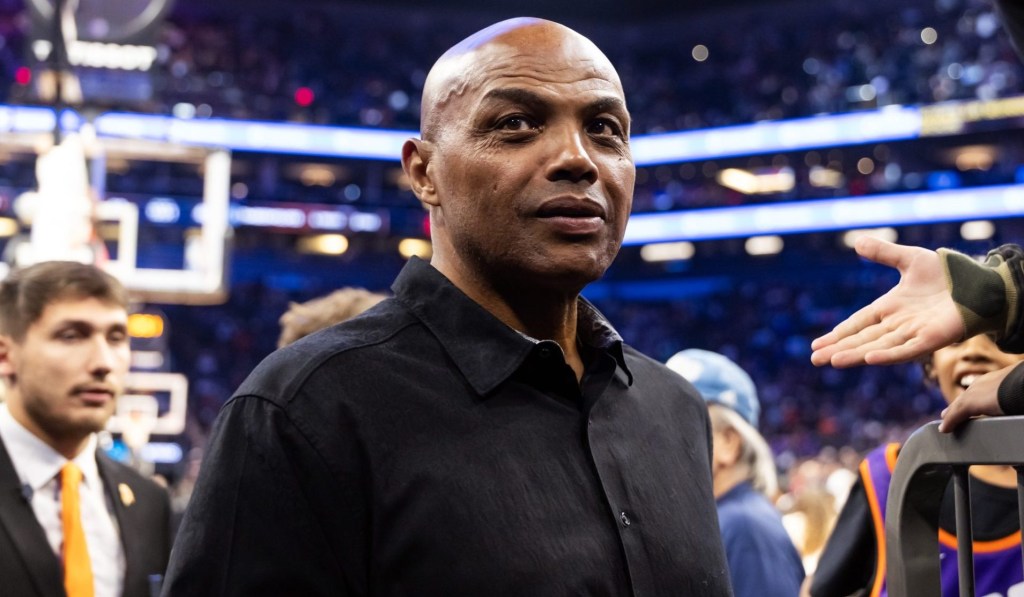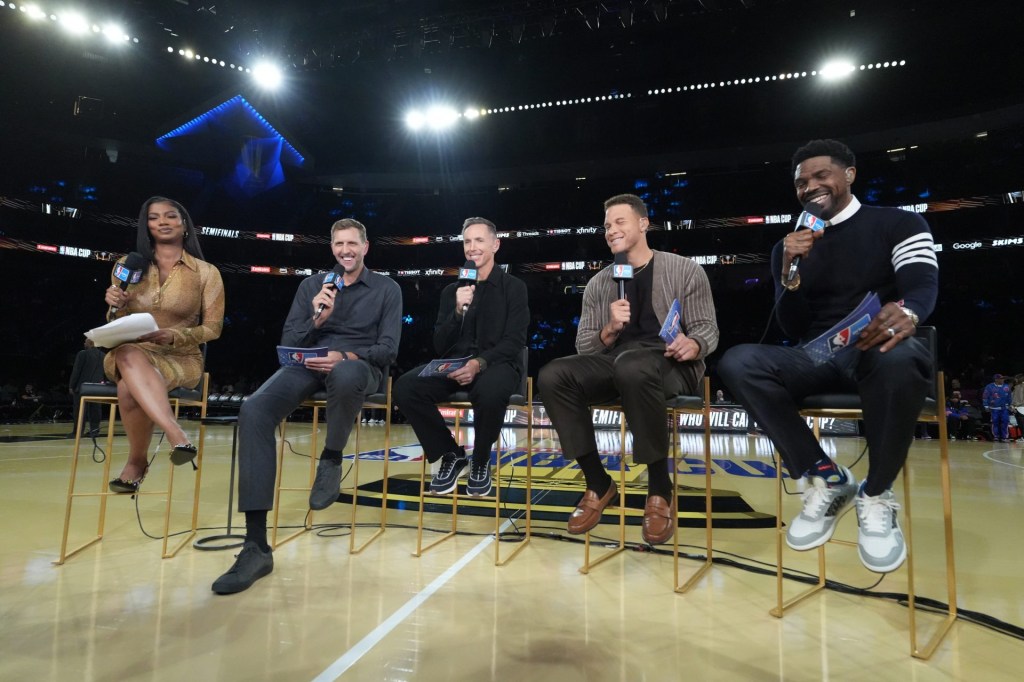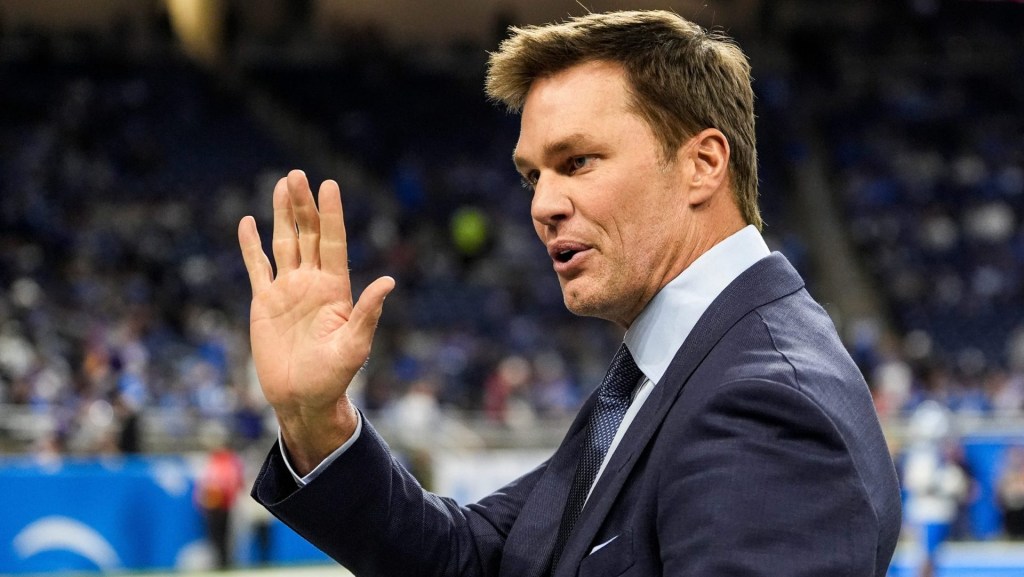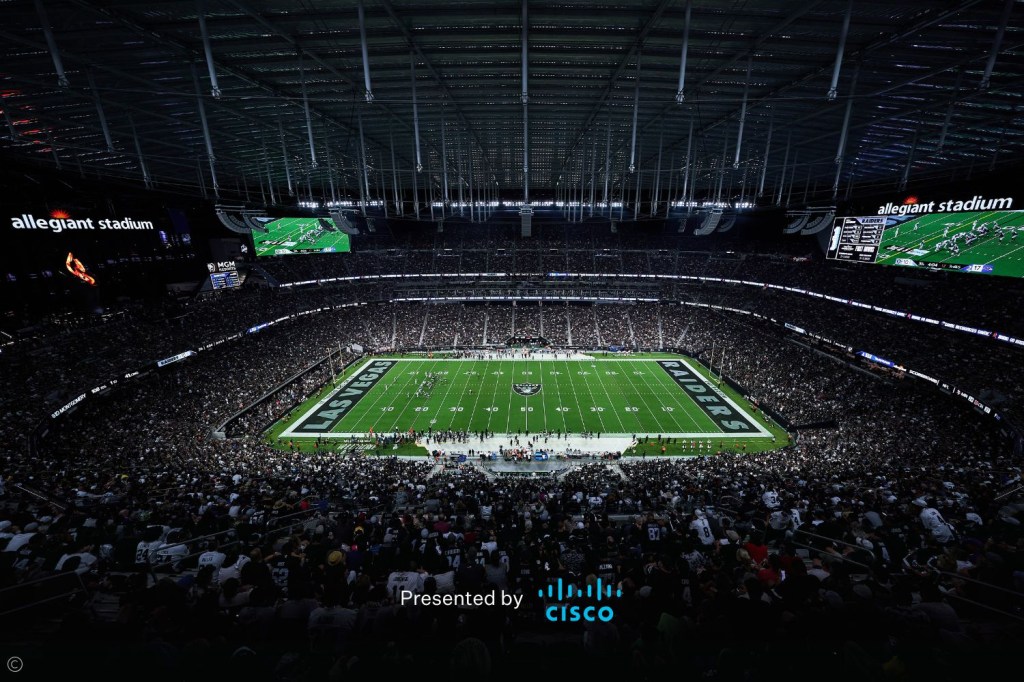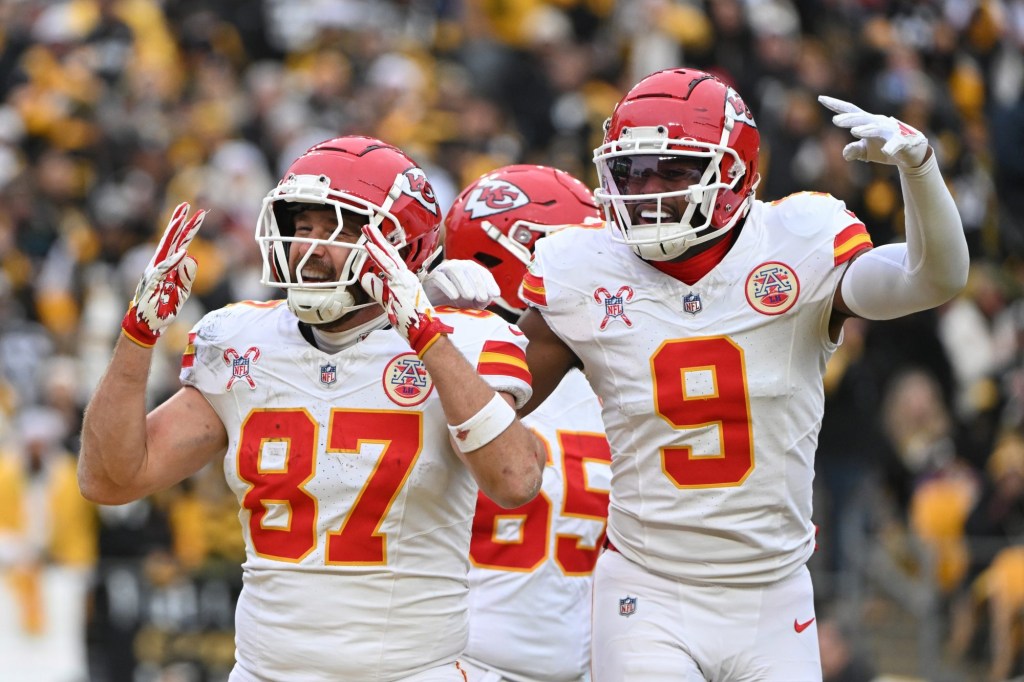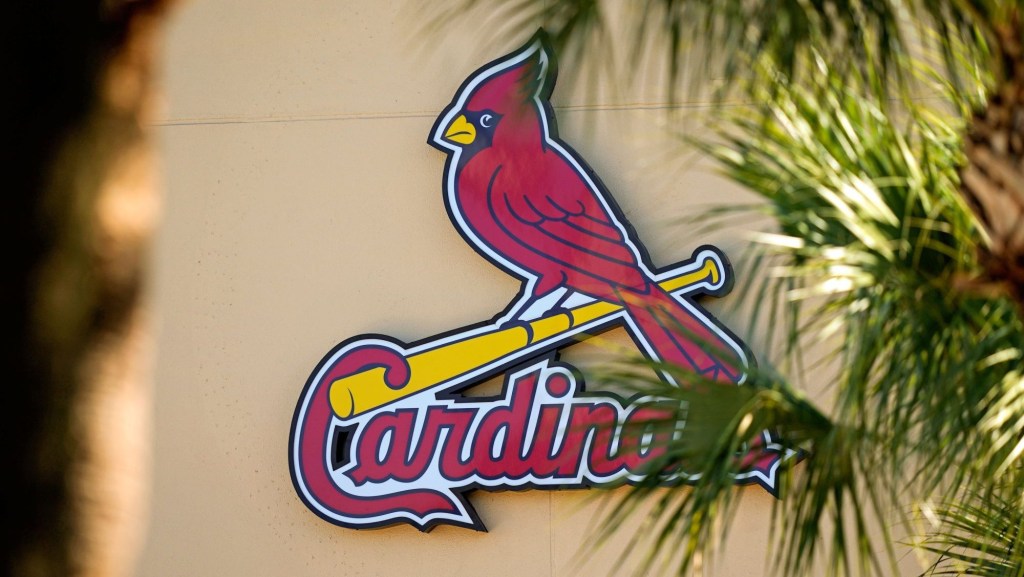MONTREAL — The red, white, yellow, and blue signs of 4 Nations Face-Off are unavoidable at the airport, hotels, and in the métro. The buzz is palpable, and that is exactly what the NHL has wanted from the moment it started scrambling to plan this event less than a year ago.
The seven-game, round-robin best-on-best international tournament among the U.S. Canada, Sweden, and Finland opened play Wednesday night with a matchup between Canada and Sweden that ended with a dramatic overtime snipe from Canada’s Mitch Marner off a feed from Sidney Crosby, who tallied three assists in the game.
It was a big opening salvo for a first-time, one-off event, which some fans had difficulty wrapping their heads around leading up to puck drop. TNT announced the game averaged 1 million viewers on its platform—the most-watched TNT hockey telecast this season as well as the most-watched non-playoff hockey game of all time on Max. Across North America, the NHL reported average viewership at 4.1 million.
But Thursday’s ESPN matchup between USA and Finland, which resulted in a 6–1 U.S. victory, pulled in an average of nearly 1.5 million viewers in the U.S. That number is 276% higher than ESPN’s prime-time NHL game average this season, and it’s a larger audience than any NHL All-Star Game on ABC since reacquiring the rights in 2022.
The on-ice action has just started, but 4 Nations Face-Off is already starting to make the All-Star Game, which this new event replaces for 2025, look limp.
As has been the trend for other leagues such as the NFL and NBA, enthusiasm has waned for the NHL All-Star Game from both fans and players; 2024’s game on ESPN brought in just below 1.4 million U.S. viewers, and ratings have been relatively flat for the past few years. 4 Nations Face-Off is already bringing in better viewership—and the biggest game of the tournament, U.S. versus Canada, is still to come. Not only is it the ideal matchup for American fans, but it’s also being broadcast at 8 p.m. ET on ABC, not a football game in sight.
Off the heels of what could be strong returns from the U.S.-Canada game, a big question looms: When 4 Nations Face-Off wraps in Boston on Feb. 20, can the league maintain the momentum?
Early viewership numbers are strong, and as curiosity about the event percolates outside hockey-fandom circles, the window to bring more people into the sport is open. Plus, if the interest in international play is the true X-factor, the opportunity will be even bigger as NHL players head back to the Olympics in 2026, and the World Cup of Hockey returns in 2028, kicking off a biannual calendar of global best-on-best play.
Setting attendance records with the 2023–2024 season, the NHL knows how to get fans in seats; the league’s financial model means tickets compose a higher percentage of revenue to supplement the low-value media deals. Now the league has to lock in on retaining audiences when players are off the global stage and back to regular-season league play. Among the 4 Nations Face-Off’s glamour, the NHL will need to find tangible returns to combat falling regular-season viewership, including a record-low audience for the 2025 Winter Classic at Wrigley Field.
Or maybe the path to growth after 4 Nations Face-Off is much simpler. Following the opening game, one Reddit user wrote, “They treated it like a big deal, and people watched. Maybe apply that to the rest of the NHL season.”
![Feb 13, 2025; Montreal, Quebec, CAN; [Imagn Images direct customers only] Team USA forward Brady Tkachuk (7) celebrates with his teammates his goal against Team Finland in the third period during a 4 Nations Face-Off ice hockey game at Bell Centre](https://frontofficesports.com/wp-content/uploads/2025/02/USATSI_25413098_168416385_lowres.jpg?quality=100)
